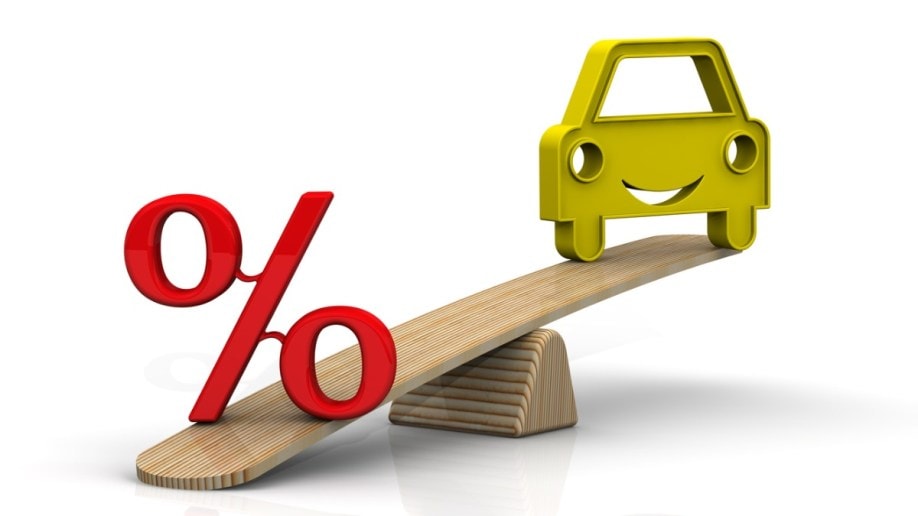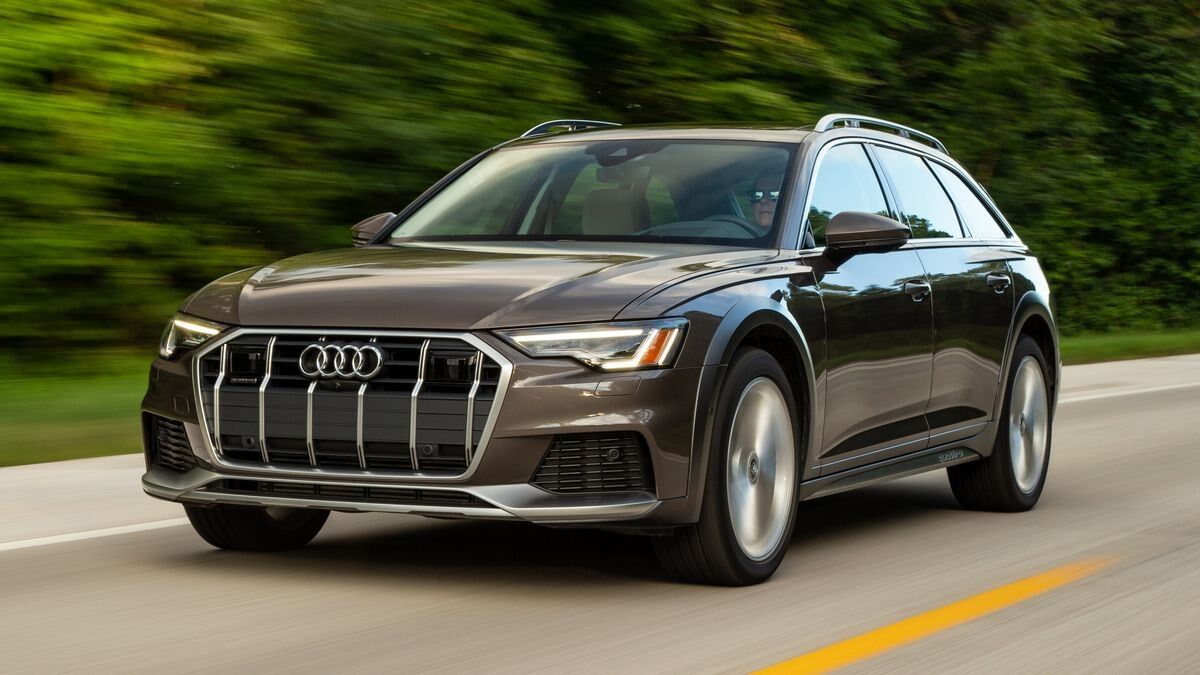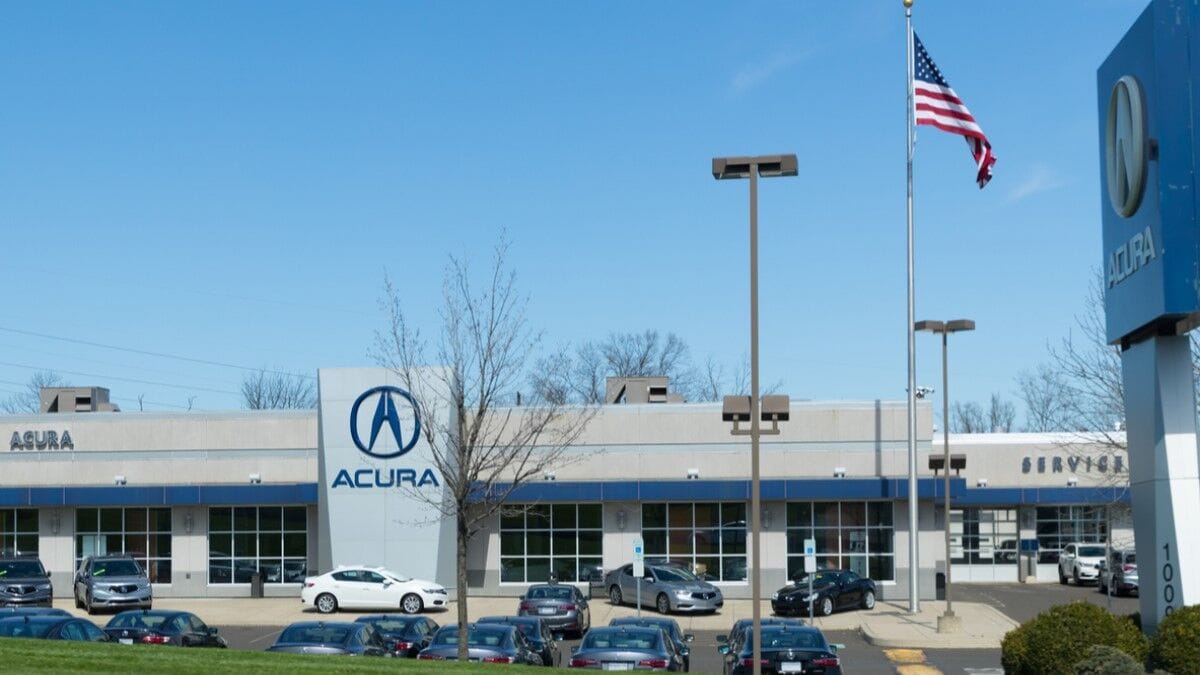
A Quarter Point That Feels Like More
The Federal Open Market Committee of the U.S. Federal Reserve, commonly called “the Fed,” controls the interest rate banks charge each other for overnight loans. When that loan increases, banks typically have to raise interest rates on the loans and credit cards most consumers use to fund big purchases. They do that for their own financial stability.
Most Americans probably put little thought into the financial stability of banks until recently. But a pair of recent bank failures suddenly put the subject on many minds.
That, Cox Automotive Chief Economist Jonathan Smoke says, affects your ability to get a new car loan at least as much as any Fed decision. Cox Automotive is the parent company of Kelley Blue Book.
“Banks and other lenders have been actively tightening credit in response to the crisis of confidence and increased threat of regulatory scrutiny,” Smoke says. He estimates that that has had about as much impact on the market as a half-point rate increase.
The Fed even sent a subtle signal yesterday that it’s less likely to increase rates again in this climate.
The board removed language about “ongoing increases” from a routine statement, instead saying some further changes “may be appropriate.” (Emphasis ours.)
Recent Interest Rate Increases Have Only Driven Car Prices Higher
The Fed has increased interest rates since last March in an attempt to tame inflation. Rising interest rates increase the effective price borrowers pay over time. As they go higher, many borrowers become reluctant to pay so much for big-ticket items.
In a normal market, that should restrain shoppers and help drive down inflation. But when it comes to new cars, the Fed hasn’t been acting on a normal market. A global microchip shortage has left automakers unable to build as many cars as the market wants.
In a climate of supply shortages, buyers kept paying more and more for new cars, even as interest rates rose. With prices soaring and microchips limited, automakers used the chips they could get to build their most expensive models. Throughout 2022, that made new cars, more and more, something only the relatively wealthy could buy.
Fed interest rate increases may have had the desired effect in other parts of the economy. But they did the opposite to the new car market. “Affordability,” Smoke says, “was the key reason that vehicle sales declined in 2022.”
The Climate May Change Eventually
For car shoppers, Smoke says, “the good news is that credit does appear to be flowing.” People “seem willing to pay the higher rate,” meaning “lenders are being compensated for their risk.” Even in a market where some prominent banks have failed, banks are still willing to lend you money to buy a new car.
But prices haven’t stabilized yet. “It also doesn’t help consumers that retail used-vehicle prices are likely to begin increasing again,” he says. America’s car dealers have a thinner-than-normal supply of used cars as the spring selling season begins. That has pushed wholesale used car prices up and could push retail used car prices up, too.
The message to new car shoppers? Waiting might be the right play.
“Eventually, the rates consumers see will stabilize,” Smoke says. The Fed has signaled that it may slow rate increases. Risk may diminish as we get further from the bank failures of early March.
“Once demand cools for a bit, vehicles will return to being depreciating assets,” Smoke explains. Buyers who had been “sidelined looking for a specific payment will eventually see a payment that works for their budget.”
But that moment may not come until “later in the year,” he says.







